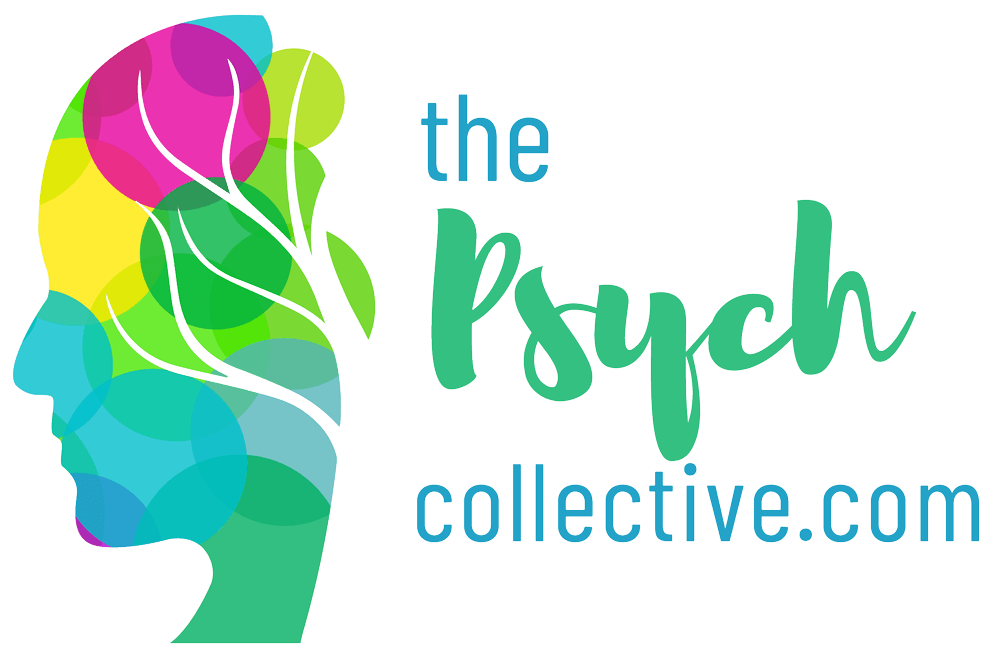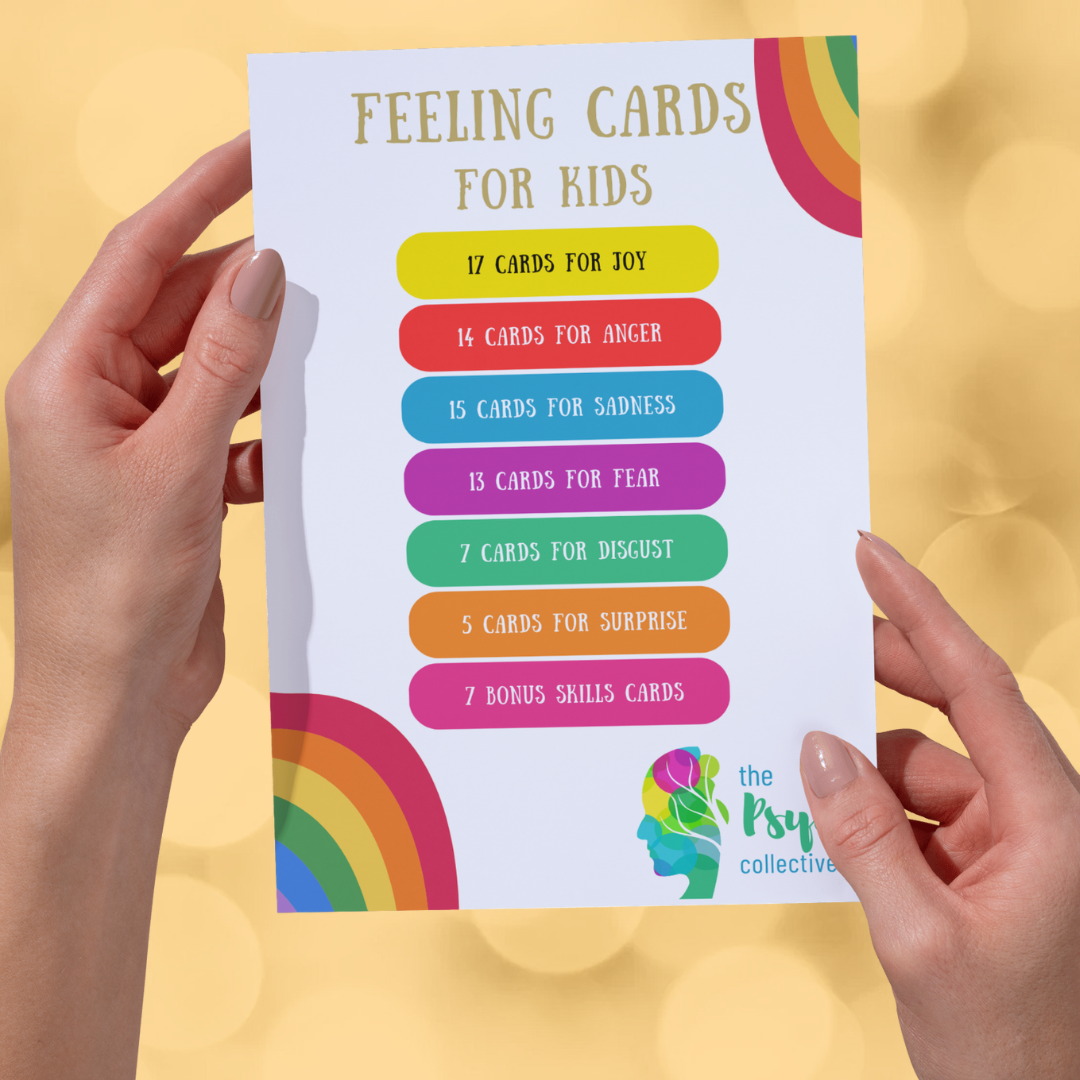ADHD
“ADHD” is the normal state for toddlers, but not so for older kids and adults. We’ll look at several helpful approaches for older kids and adults.
I think it’s helpful to understand that “ADHD” is the normal state of early childhood, but most develop out of it: All toddlers are hyperactive and inattentive - that’s normal. What happens for most kids is hyperactivity noticeably reduces from about the ages of 6–9 years (It’s very variable). And children’s capacity to maintain attention starts to markedly improve from the ages of 7–14 (again, it’s very variable). Inattention can also be thought of as marked distractibility. The improvement “hyperactivity” and “attention” happen slowly and subtly, but the differences become more obvious when kids are compared across kids of the same ages. So different kids in a given class will be at different stages of development.
When the normal traits of hyperactivity or inattention haven’t improved as kids get older, that’s when kids might be said to have “ADHD” (relative to their class mates).
Schooling is an environment where kids are expected to sit still and pay attention for long periods of time. One could argue that it is a crazy expectation to make of any young child, especially one with hyperactivity and distractibility.
Most kids will eventually grow out of the hyperactivity, but not all grow out of the poor attention. If the inattention continues into adulthood, then it’s said to be “adult ADHD”. So one doesn’t just develop ADHD as an adult, there’s usually signs of it throughout development/schooling. Hyperactivity can persist into adulthood, but it’s less common than inattention persisting.
Effect on self-view: Standard schooling is not very friendly to those with ADHD. Getting into trouble for their hyperactivity/impulse control coupled with poor grades often sets kids up for a negative self-view. These kids might leave the education system believing they are not intelligent and end up in roles which are menial as they don’t act to fulfil their potential. Thankfully, some stay bold and find roles where ADHD can be an asset and do very well.
So what can one do about it? In childhood:
Rough-and-tumble play: Schooling which had more time for kids to run around and burn off their hyperactivity would also help with distractibility. More time playing especially “rough-and-tumble play” often settles ADHD kids down. But that is often frowned upon in schools, so kids are often medicated. Rough-and-tumble play also helps kids wire up their brains in a coordinated way. Wrestling with friends/siblings is an instinct in young boys and should not be discouraged. Martial arts, dance and gymnastics are also helpful formal approaches.
Foods and additives: Parents often notice some foods and additives may worsen ADHD type symptoms and there is merit in figuring out if that applies to your kids if they have what looks like ADHD. There are many online forums which explore this. If you do try eliminating some foods or additives it can be helpful to work through this with a doctor or nutritionist so you don’t inadvertently leave out some important nutrient. No harm in ditching artificial/processed foods with industrial chemicals in favour of real foods: meats and plants.
Medications: Medications are sometimes used so kids can learn their school work, so they don’t fall behind. The medications are stimulants of the central nervous system (methylphenidate, dexamphetamine, etc). They work by boosting everything, including the frontal lobe so that one is better able to inhibit the normal impulses which result in the hyperactivity and distractibility. There are potential massive benefits to medications, but there are potential massive downsides too (we can leave that for another day, but inhibiting play is not good).
Aside from medications there are some skills that can be of great benefit to improving concentration and learning. These are especially helpful to kids in their teens and for young adults doing further study.
In adulthood these skills can be game changers:
Skill 1: Multimodal Encoding and Recall Rehearsal. When learning a new fact, most students simply write the fact as a short note e.g. “Captain Cook came to Australia in 1770”. Whilst this entails some processing, it is an easily forgotten fact. Reviewing notes later is almost useless as one just skims the notes and registers the recollection of their writing, there’s no way to practice recalling the actual information. Until test day. Multimodal processing entails manipulating the information as they acquire it, e.g. by writing it as a question/answer pair during a class. So:
“Q: In what year did the first British explorer arrive in Australia and what is his name?
A: Captain Cook came to Australia in 1770. “
In the above example, one has had to more deeply process the information to formulate the question. There’s not much more writing, but there’s much more processing. The information gets in more. Then, when reviewing one’s notes the student reads aloud the question (covering the answer). This help further process the information as one is using speech. Trying to recall the information as prompted by the question allows one to practice recollection of the information from memory. Then the information can be more readily accessed when needed.
When reviewing notes which are written as questions, it’s immediately obvious if the fact is recalled or not, so it’s more engaging as well as much more useful than skimming notes.
Skill 2: Noticing Inattention and Attention Practice. Noticing Inattention and Attention Practice involves improving the skill of attention to non-stimulating information. It begins with brief sessions where one sets a goal of noticing when one becomes distracted by internal thoughts or by external stimuli.
The Attention Practice task involves setting a timer for say a 2 minutes (to begin with) and sitting down with paper and pen. In that 2 minutes the persons task is to focus their attention on something non engaging (e.g. on the tip of the pen). The task is then to notice when one’s attention shifts and make a tally mark on the page. Then repeat that: focussing again on the pen tip and making another tally when one notices the attention drift. The tally mark is a way of keeping score. As one practices this, one gets better at noticing that one’s attention has drifted. The more tally marks you score: the better you are at noticing your attention drift. This is repeated a few times a day and the duration of the session is gradually increased. Doing this, one starts to notice more readily when one’s attention has drifted. Quickly noticing attention drift is the key to regaining focus for those with attention difficulties. This practices that skill.
When people first do this they might only score a few tally marks to begin with. With practice, as people get better at noticing their attention drift, they will score more tally marks in a given session. With enough practice, people can get better at maintaining attention and then they end up scoring fewer tally marks. So one starts with low scores and then with practice, the scores start getting higher, with mastery the scores start getting lower again.
If ADHD is a problem for you, you may prefer to see the skills explained in video form, if so you may wish to google my talk on this on my youtube channel: thepsychcollective (no commercial content, just free info)
Share
Categories
About Our Resources
We offer actionable resources and teach real skills to help people make meaningful change in managing mental health issues through different modes depending on people's learning preferences including infographics, text, worksheets, handouts and video.












